

fetching latest news
News tagged in:

Even though drillers are flush with cash after record profits last year, U.S. producers are unlikely to accelerate oil growth enough to make up for OPEC+’s surprise cuts, analysts and executives said.
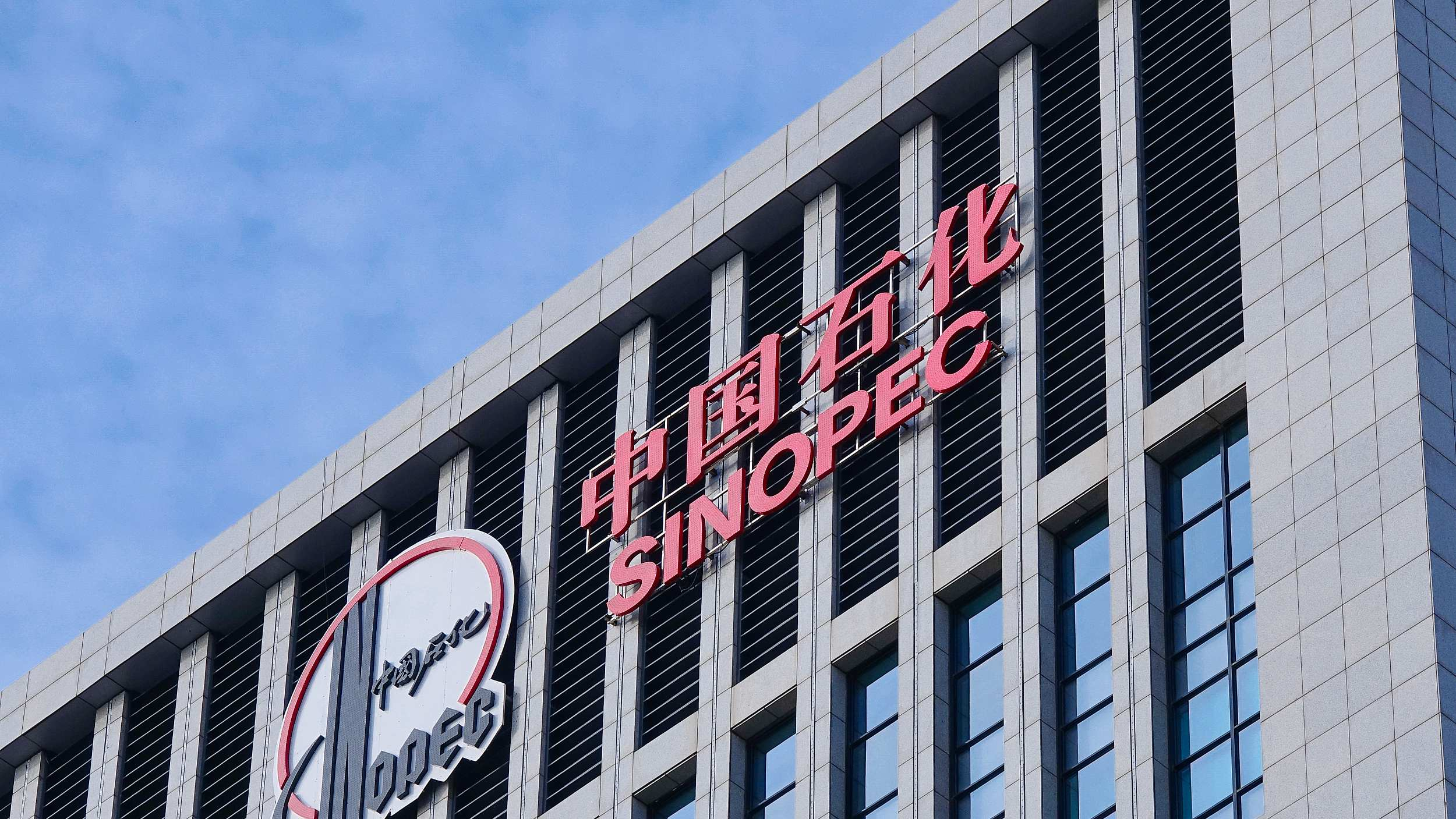
China's Sinopec Corp said on Tuesday it has tapped a daily flow of 30 tonnes of oil and 1,500 cubic meters of gas at a mature oilfield in east China's Jiangsu province. The company said the flows, from exploration well Hua-2-ce in the Jiangsu oilfield, marked a breakthrough in unlocking 1.1 billion tonnes of prospective shale oil resources in the Subei basin. The firm will accelerate the construction of a pilot shale oil production zone in the area, Sinopec said, without giving further details.

U.S. shale oil producers are returning to existing wells and giving them a second, high-pressure blast to lift output for a fraction of the cost of a finishing a new well. These "re-fracs" are taking hold as shale oil producers look to take advantage of $100 a barrel crude without making big investments in new wells and fields. A global oil shortage has triggered calls from U.S. President Joe Biden for shale producers to spend more of their profits on increasing output. But shale firms have been under pressure for years from shareholders to focus on returns rather than production growth. Their reluctance to invest in more output has led to tensions between the oil industry and the White House, which is under pressure to rein in record $5 per gallon fuel prices that have contributed to decades-high inflation.
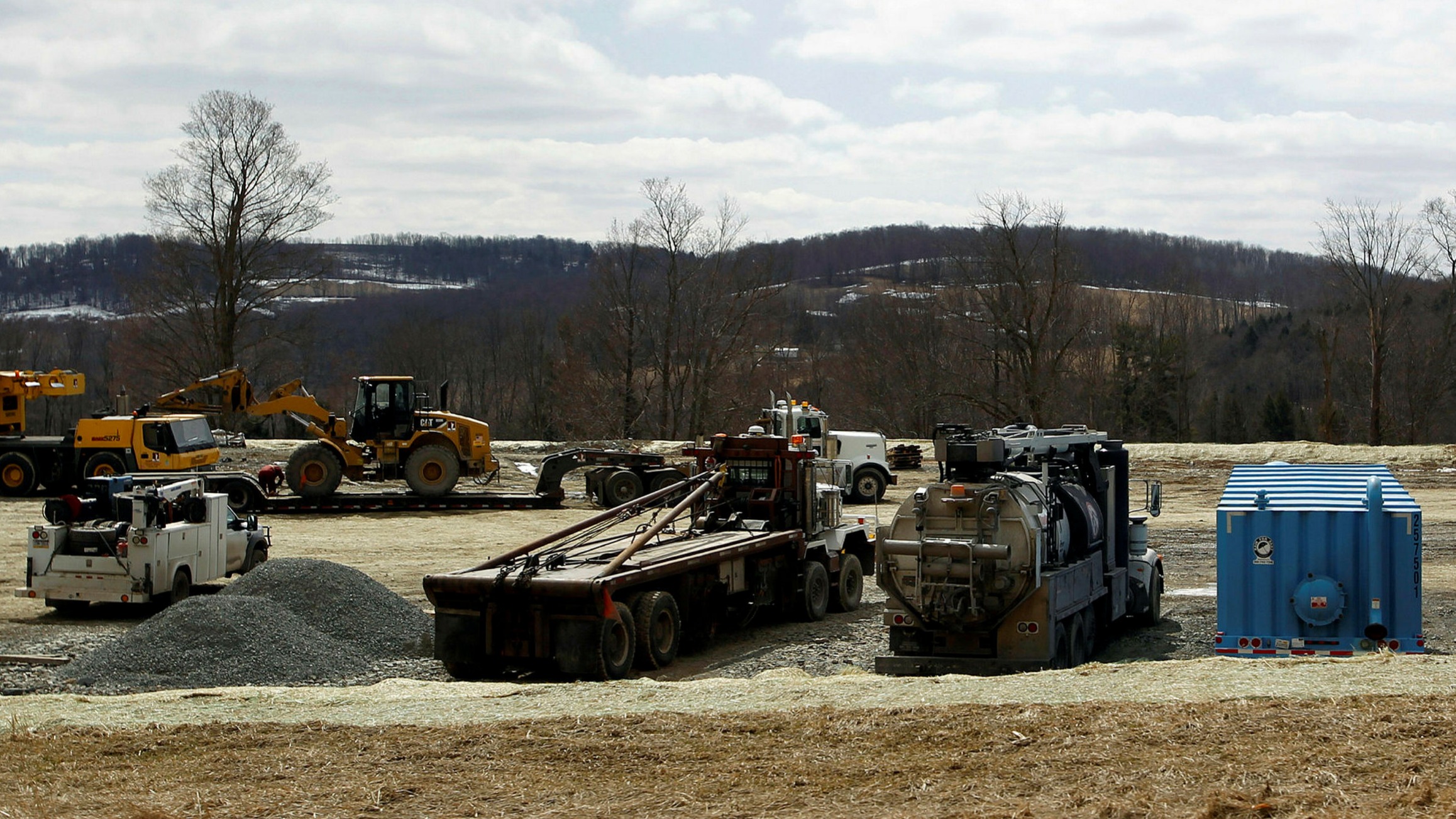
The latest deal in a wave of US energy consolidation was announced on Monday. Shale oil producer Cimarex Energy and Cabot Oil & Gas revealed a “merger of equals” that will create a group with an enterprise value of $17bn. The combination brings together Cimarex’s oil assets in the prolific Permian shale field of West Texas and New Mexico, and Cabot’s acreage in northeast Pennsylvania’s Marcellus Shale, the biggest US gasfield.
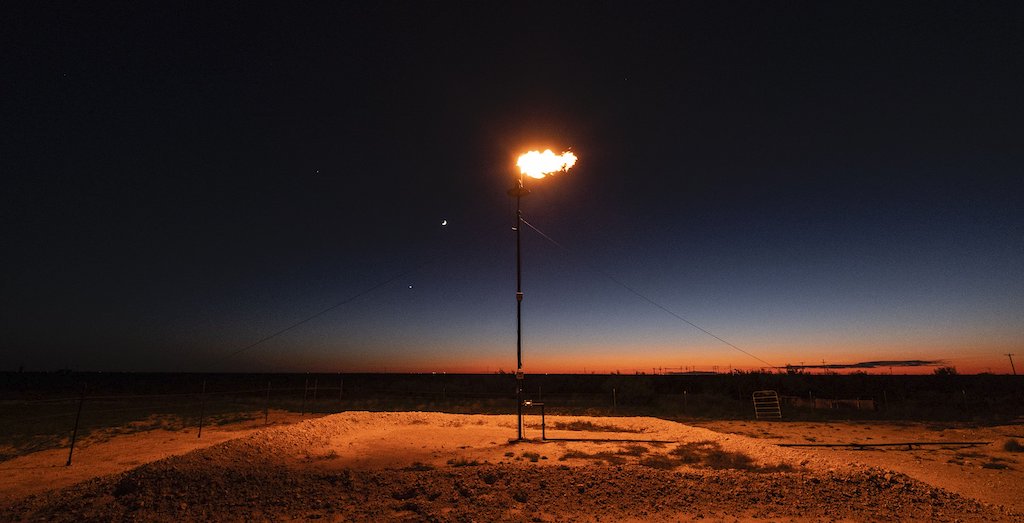
As much as 40% of the natural gas that’s expected to be flared in the Permian Basin in 2025 could be avoided at no cost to drillers if regulators abandoned their hands-off approach to the controversial practice. Flaring, which plunged in 2020 as the pandemic forced shale producers to curtail output, is set to rebound as oil prices recover.

Chaparral Energy Inc, an Oklahoma oil & gas producer filed for Chapter 11 bankruptcy protection on Sunday. This is the second time the company has filed for bankruptcy protection. Lenders have been reining in on credit for shale drillers and Chaparral’s borrowing limit was recently reduced to $175 million from $325 million. Chaparral had around $421 million of debt outstanding at the end of 2019

Global energy trader Vitol Group has set up a new U.S. venture to produce oil and gas called Vencer Energy, its first foray into the upstream business in the United States. Vitol, is the world’s biggest independent oil trader, involved in trading 8 million barrels per day of crude and refined products. Vitol already has some upstream oil operations, producing about 32,000 barrels per day, but none in the United States.

Japanese gas firm, Osaka Gas has announced plans to buy U.S. shale gas developer Sabine Oil & Gas Corp in a $610 million deal. The acquisition will give Osaka the operatorship of 175,000 net acres in East Texas, with approximately 1,200 wells yielding about 1.7 million tonnes of shale gas a year. The deal is in line with Osaka’s strategy to grow its overseas business for future growth.

Chevron has acquired Anadarko Petroleum Corp in a $33 billion deal. Anadarko has been a trailblazer of the US shale revolution which made the nation the world's biggest oil producer. Anadarko's decision to rather agree for this deal than capitalize on oil prices exemplifies the challenges faced by many shale producers. The shale producers like Pioneer, Diamondback Energy and Concho are already facing pressure from the investors to improve profitability.
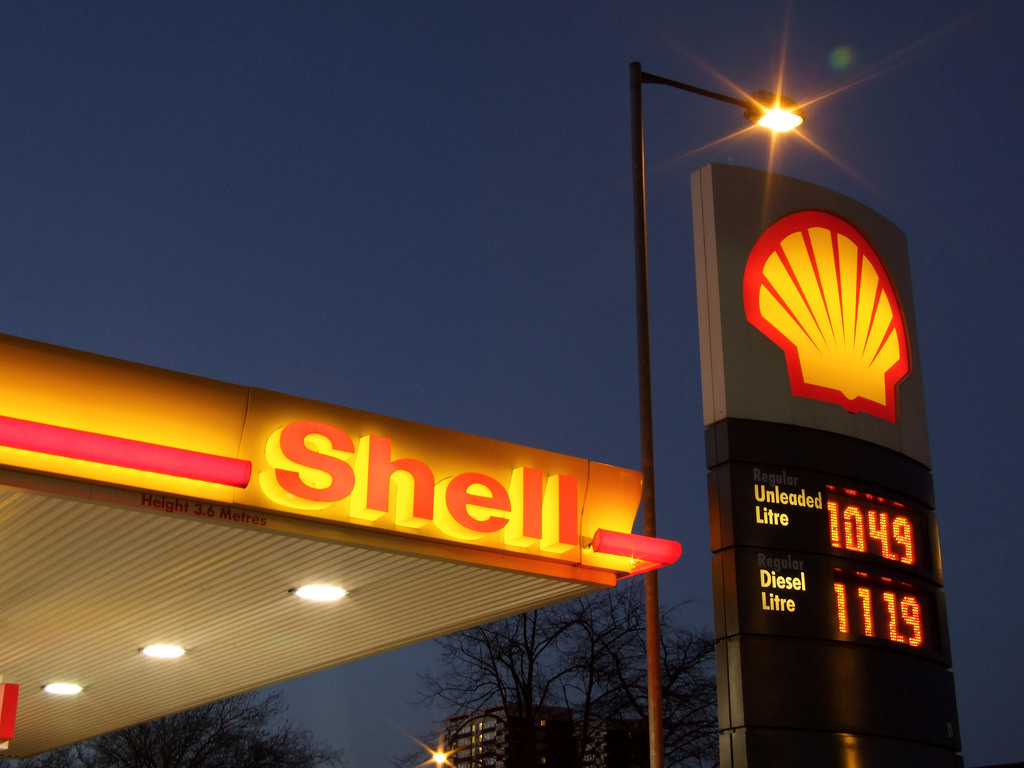
China is making efforts to penetrate into massive unconventional resources and is developing its shale gas assets. As a part of this initiative, oil major Shell has signed an agreement with Sinopec to study an East China block. Presently, shale oil makes up to only 1% of the nation's crude output. Sinopec has now put its hope on Shell's expertise in shale oil exploration for the development of China's resources.

Murphy Oil Corp will sell two of its Malaysian assets with an intent to exit Malaysia after two decades and enter U.S. shale oilfields. The company is selling the assets to PTT Exploration and Production Public Co Ltd for $2.13 billion in cash. Murphy has informed that the Thai energy company will pay bonus to Murphy if the exploratory projects start showing results before October 2020.
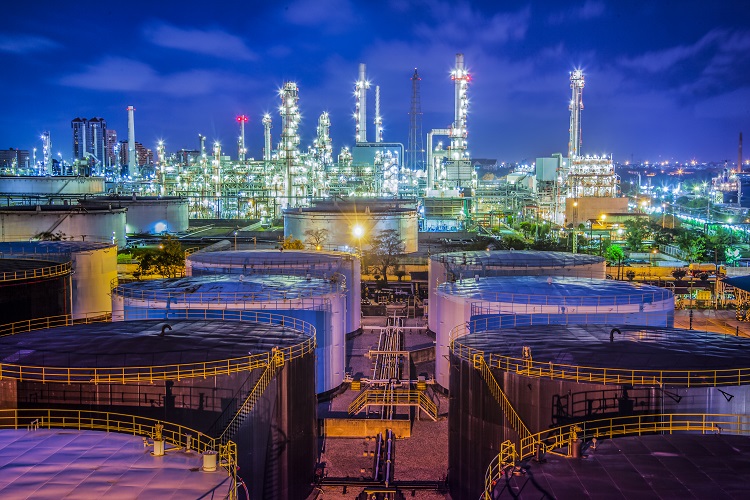
Chevron has eyed on the Petrobras’ 110,000 bpd refinery in Pasadena. Chevron is ready to pay $350 million to Petrobras for the same. Further, the company also wants to take the ownership of a 466-acre complex on the Houston Ship Channel. This is in line with the Chevron’s plan to own a second Gulf Coast facility after reporting an increase of 150,000-bpd in its shale production in the third quarter.

ConocoPhillips' CEO has stated that the company can see the shale production increasing by 25% next year. The world’s largest independent oil producer has pumped 313,000 bopd in the third quarter, three regions combined. He also said that production growth “slows down at $50 but I don’t think it stops at $50 and it certainly continues if prices get back to $60”.

Canada’s Encana Corp has entered into a buyout agreement to acquire U.S. shale producer, Newfield Exploration. The $5.5 billion acquisition is a total reversal on Encana’s years of narrowing its oil and gas holdings. The Canadian oil and gas firm will gain stakes in the STACK and SCOOP shale fields in Oklahoma, the Uinta play in Utah and the Bakken region of North Dakota.

Kuwait Foreign Petroleum Exploration Co., a unit of KPC, borrowed a five-year loan worth $1.1 billion with the help of Sumitomo Mitsui Banking Corp. and Societe Generale SA. The company is planning to expand its shale operations, so the money will be spent on the projects of oil and natural gas. Further, Kufpec plans to increase its production capacity to 119,000 barrels of oil equivalent per day by next month.

Yet another bold statement and prediction by Arthur Berman, former geologist and now an industry consultant who earned the wrath of Shale drillers by forecasting that natural gas is about to run out now says “Permian region of Texas and New Mexico won’t last for long.” Berman’s grim outlook is supported by analyses of reserves and production data from more than a dozen prominent shale drillers.
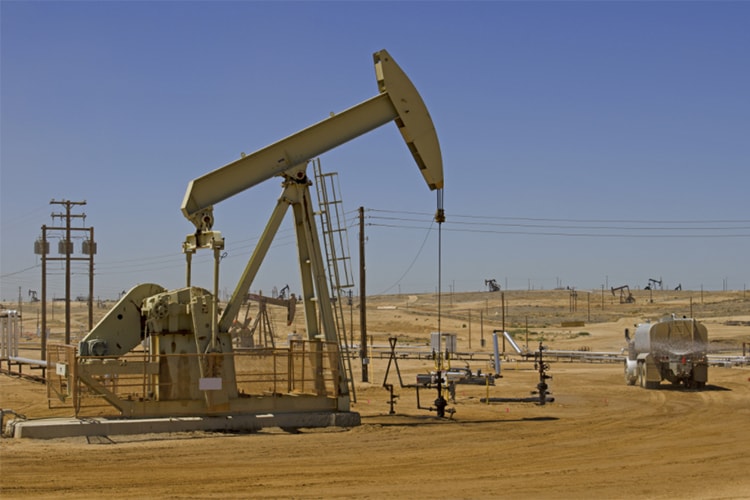
The wells in North Dakota are bringing about huge profits with oil prices near $70/bbl and development in drilling technology. According to a Bloomberg New Energy Finance Report, the cost of getting oil and gas to the surface in North Dakota’s Bakken field has fallen, recently hitting $41 to $50/bbl. Technologies like fracking and horizontal wells are helping average wells in Bakken become economical.
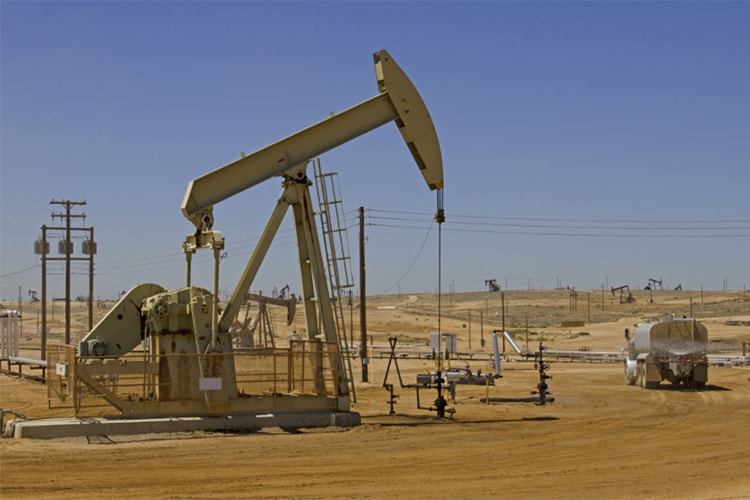
The Permian shale play is all set to become the world’s largest oil patch over the next decade. According to the Energy Information Administration, output in the basin is forecast to reach 3.18 MMbpd in May.The oil reserve size with enhanced technology and efficiency are fueling the rampant growth.